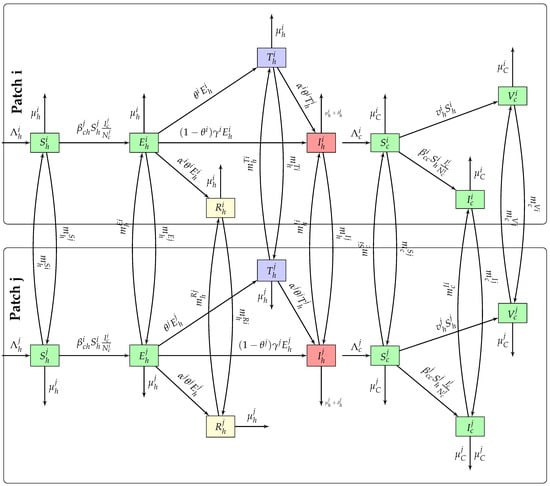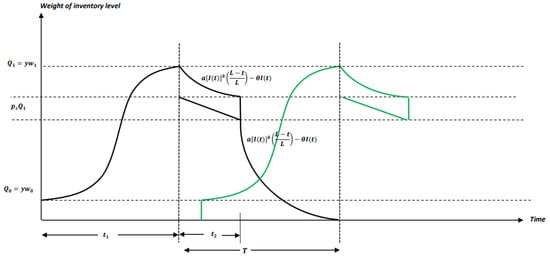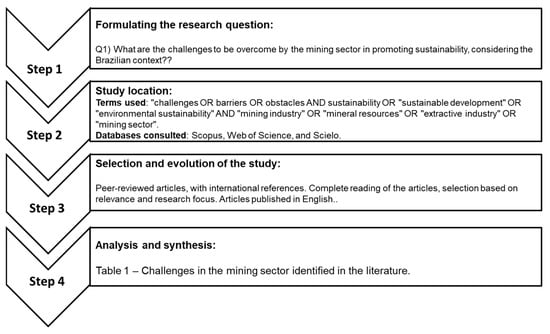This paper investigates the flow of a second-grade hybrid nanofluid through a Darcy–Forchheimer porous medium under Cattaneo–Christov heat and mass flux models. The hybrid nanofluid, composed of alumina and copper nanoparticles in water, enhances thermal and mass transport, while the second-grade model captures viscoelastic effects, and the Darcy–Forchheimer medium accounts for both linear and nonlinear drag. Using similarity transformations and the spectral quasilinearisation method, the nonlinear governing equations are solved numerically and validated against benchmark results. The results show that hybrid nanoparticles significantly boost heat and mass transfer, while Cattaneo–Christov fluxes delay thermal and concentration responses, reducing the near-wall temperature and concentration. The distributions of velocity, temperature, concentration, and microorganism density are markedly affected by porosity, the Forchheimer number, the bio-convection Peclet number, and relaxation times. The results illustrate that hybrid nanoparticles significantly increase heat and mass transfer, whereas thermal and concentration relaxation factors delay energy and species diffusion, thickening the associated boundary layers. Viscoelasticity, porous medium resistance, Forchheimer drag, and bio-convection all have an influence on flow velocity and transfer rates, highlighting the subtle link between these mechanisms. These breakthroughs may be beneficial in establishing and enhancing bioreactors, microbial fuel cells, geothermal systems, and other applications that need hybrid nanofluids and non-Fourier/non-Fickian transport.




![Physical representation of the problem [30].](https://mdpi-res.com/appliedmath/appliedmath-05-00180/article_deploy/html/images/appliedmath-05-00180-g001-550.jpg)
